Best Banjo
Top 3 Best Banjo | Apr 2024
Reviews, Comparison and Buying Guide

What is Banjo?
The banjo is a stringed instrument with a thin membrane stretched over a frame or cavity to form a resonator. The membrane is typically circular, and usually made of plastic, or occasionally animal skin. Early forms of the instrument were fashioned by African Americans in the United States, adapted from African instruments of similar design. The banjo is frequently associated with folk and country music.
Best Banjo | Buying Guide : Things to consider while buying a Banjo
Whether you are looking to start playing a 5-String Banjo in Bluegrass style, Open Back Banjo in the Old Time, Frailing or Clawhammer style, 4-String Tenor Banjo in the Irish or Jazz style or a Plectrum Banjo for chord accompaniment and Jazz and other styles, Eagle Music will help you to make the right choice.
In this buying guide we’ll walk you through the basics of banjo history, various playing techniques, banjo types and their construction, and the resources that will help you get started playing banjo.
Banjo Construction Methods and Materials
As you can see from the above diagram, a lot of parts go into building a banjo. We’ll focus on the most significant components here.
Peghead/tuners: Also called the headstock or simply the head, the peghead is where the strings attach to the tuners. Deluxe banjos often have elaborately inlaid decorations on the peghead. The tuners, also called tuning pegs or tuning machines, may have planetary gears or be of the friction-peg type. Some players feel the planetary-gear tuners tend to be more reliable.
Neck/fingerboard: Most commonly made of maple, the neck usually contains a metal truss rod that allows adjustments to intonation and provides rigidity. Better-quality banjos usually have necks made with a single piece of wood while more affordable models may have a laminated neck made of several glued pieces. The fingerboard is glued to the neck and holds the frets that are pressed into place. Fingerboards are usually made of ebony on better-quality instruments, or maple. Higher-end banjos often have inlaid designs in the fretboard that serve as both decoration and position markers.
Nut: Made of bone, hard plastic, or wood, it’s mounted at the base of the peghead and has slots through which the strings are routed down the fretboard. It works in conjunction with the tailpiece to hold the strings in place.
Rim: The hoop that encircles the banjo’s body or “pot,” modern rims are usually made of multiple plies of maple or similar woods. Older banjos may have metal rims. Together with the tone ring, the rim has a significant influence on the volume and quality of the banjo’s sound.
Tone Ring: Positioned above the rim and below the head, it affects the banjo’s tonal range and dynamics.
Head/Bridge: Modern players mostly use mylar heads that resemble drumheads and are impervious to weather and humidity changes. A few players prefer calfskin for its mellower sound. When banjo strings are plucked, the vibration is transmitted through the bridge to the head, which in turn causes the rim and tone ring to vibrate, producing the banjo’s sound. The head’s thickness is another influence on the banjo’s overall tone. The bridge is made of wood and sits on the head. Similarly to violin bridges, the banjo bridge “floats,” held in place by the strings’ tension. The bridge’s height is one further element in creating the banjo’s tone with heavier, denser bridges generally producing a sweeter sound.
Resonator: As noted below, not all banjos are equipped with this metal plate that’s mounted to the back of the banjo and projects sound forward.
Tailpiece: It holds the strings in place and under tension. Ideally the tailpiece should be adjustable to tweak the sound of the instrument, and be vibration-resistant so as avoid adding ringing tones to the banjo’s output.
Assessing a Banjo’s Quality
Even a newbie can make some judgments about a prospective banjo.
Test the action by pressing down on each string along the length of the fingerboard. The strings should make contact with the frets easily without hurting your fingers.
Strum and pluck the strings individually and together. The sound should be pleasant and clear without buzzes or rattles.
Tuners should have their mechanisms enclosed and operate smoothly. On 5-string banjos, a geared 5th-string tuner is preferred by most players as friction-based tuning pegs may not hold their tune as well.
The presence of a tone ring indicates a better-quality instrument.
Modern Banjo Types
Today you’ll find 4-, 5- and 6-string banjos as well as less common forms like the 12-string and fretless banjos. That said, the modern successor to Sweeney’s 5-string banjo is by far the most popular type today.
There are both open-back and resonator-equipped versions of most of the more common banjo types. Resonator banjos have a plate that’s fastened to the back of the body, or the “pot” as it sometimes called. This resonator plate’s purpose is to help project the banjo’s sound forward, giving the instrument more volume and punch in ensemble settings. It is for this reason that most bluegrass musicians, as well as many other banjoists opt for resonator-equipped banjos.
Open-back banjos produce a softer, mellower sound and work well in quieter settings. Due to their less complex construction they weigh less and often cost less than their resonator-equipped counterparts. Open-back 5-string banjos are popular with fans of American old-time music, and are usually played using variations of the clawhammer technique.
Most banjo bodies today have a circular wood rim that surrounds the body and a tensioned head made of synthetic material that resembles a drumhead. Unlike older banjos with heads made of animal skins or membranes, these modern heads aren’t affected by temperature and humidity.
Today’s banjos usually have metal strings with the fourth string being wrapped in an alloy. Occasionally, nylon strings are used to produce a mellower sound.
Banjo tuners differ from the worm gear-based tuners typically found on guitars. They are usually of the planetary-gear type or are friction-type tuning pegs. One mark of a quality banjo is the smooth operation of its tuners allowing easy initial tuning of the strings and tuning stability when played.
Modern 5-String Banjos
Unlike other stringed instruments such as the guitar, the strings on a banjo don’t go from lowest to highest across the fingerboard. Instead, from low to high they follow this arrangement: fourth, third, second, first, and fifth. The fifth string, which produces a drone and is also called the “thumb string,” is attached to a tuner mounted on the neck at the fifth fret, making it three-quarters the length of the other full-length strings. It’s most often the same gauge as the first string.
Special fifth-string capos are available to alter the tuning of the drone string beyond the one or two semitones allowed by its tuner. There are many tunings used on 5-string banjos with open-G (G-B-G-B-D) being the most common one used in bluegrass. In old-time music, many tuning variations are used including double-C (G-C-G-C-D) and open-D (F#-D-F#-A-D). These tunings frequently are moved up a tone by either tuning the strings to the higher pitch or using a capo.
Modern 4-String, 6-String, and Hybrid Banjos
There are two forms of 4-string banjos: the plectrum and tenor. The plectrum is similar to a 5-string banjo, but lacks the drone string. Primarily played in dixieland bands, it’s strummed with a guitar pick. The tenor has a shorter scale and is popular with traditional Irish music players.
6-string banjos in various forms have been around since the mid-19th century. A popular hybrid variation of the 6-string is the guitar-tuned banjo. Because it is tuned like a guitar, it makes a great crossover instrument for guitarists while retaining the sound of a standard banjo.
There are handful of hybrid banjos that marry the characteristics of an electric guitar with those of a traditional banjo. Their bodies, which may resemble an electric guitar profile, are made of a solid piece of wood that contains a cutout area for the head and has electronic pickups to sense the heads vibrations. These electric banjos can be played using a standard guitar amplifier, and easily hold their sonic ground in amplified band contexts without feedback issues.
The banjolele is a hybrid instrument that offers the portability and easy learning curve of a ukulele with a sound that resembles a small banjo. With its 4 strings, shorter neck, and smaller diameter head, banjoleles are easy to play and integrate well in quieter acoustic ensembles.
Banjo Accessories
Well-chosen accessories for the banjo will enhance your playing experience and help to protect your investment. These include:
Banjo straps: This is a necessity if you plan to play standing up. There are many choices of materials and looks to suit your personal taste.
Banjo capo: This device clamps on the fingerboard allowing you to raise the overall pitch of the banjo so you can play songs in keys that are higher than those they were written in. This can be especially useful for singers whose vocal range is higher than the song’s usual key.
Banjo cases and gig bags: They protect your banjo from scrapes and scratches. A case or gig bag is pretty much essential if you plan to take your banjo on the road or to gigs.
Banjo strings: Sooner or later you’ll need to change your banjo’s strings. A fresh set can revive the tone of a banjo that seems to have lost its luster. Strings are made using various materials, each with their own tonal characteristics. Experimenting with several types can help you find a tone that’s more pleasing and brings out the type of sound you’re seeking.
Tuner: A good-quality tuner will make the process of tuning up your banjo much easier. Some models have a specific mode for tuning banjos that makes the process even simpler.
Top 3 Best Banjo – [Updated and Highly Recommended]
1.
Bestseller # 1
Kmise Banjo Ukulele 4 String Banjos lele Ukelele Uke Concert 23 Inch Size (Type 4)- The drum head of Kmise banjolele made of polyeste
- Compared with other banjoleles Kmise banjolele w
- Kmise banjolele has various playing methods. It
- Kmise provides 90-day warranty for the banjolele
Banjo Ukulele 4 String Banjos lele Ukelele Uke Concert 23 Inch Size (Type 4)The Banjo ukulele is a four stringed instrument with a small banjo type body and a fretted concert size ukulele neck that was very popular in the 20s & 30s. It features the distinctive sound of a banjo and the small scale tuning and playing style of a Ukulele. The instrument uses standard ukulele tuning of G-C-E-A. ; Neck : Sapele;Back and Side — Sapele;Frets : 18pcs copper fretwire-exquisite materialresistance to abrasion and embroidergood sound.;Tuners : Chrome Geared Closed Tuning Pegs can make sure strings and tones stable. ;Fretboard : fingerboard-hard materialcorrosion resistancecomfortable touch.;Strings : Pre-strung with Premium Aquila String Made In Italyguarantee of quality. ;Instrument weight : 1190g (2.62lb);Total length : 58.5cm (23.03″);Drum size : 21.5cm (8.46″);Distance from nut to 12th fret About 19.6cm (7.716″);Package included:;1 Piece of Banjo ukulele
Features / Reviews
Resistance to abrasion
Chrome Geared Closed Tuning Pegs
2.
Bestseller # 1
Kmise 4 String Banjo Ukulele Uke Concert 23 Inch Size Sapele With Bag Tuner- The Banjo ukulele is a four stringed instrument with a small banjo type body and a fretted concert size ukulele neck that was very popular in the '20s & '30s. It features the distinctive sound of a banjo and the small scale tuning and playing style of a Ukulele. The instrument uses standard ukulele tuning of G-C-E-A.
- The drum head of Kmise banjolele made of polyster with great elasticity has a quick response. Equipped with superior Aquila String from Italy and high quality closed geared tuners, this banjolele can not only produce a bright and percussive tone but also be in an accurate intonation and stay in tune well.
- Compared with other banjoleles, Kmise banjolele with action 3mm at 12th fret is very comfortable for beginners to learn because players do not need to press too hard with such a low action. Preset with truss rod inside the neck, players can adjust the action with the wrench as needed. Smooth fretboard and neat fret wires also offer comfortable touch and protect hands from being scratched.
- Kmise banjolele has various playing methods. It can be in a traditional resonator style or an open back style by detaching its back. Traditional resonator style produces a mellower, softer sound while the open back style has a brighter sound.
- Kmise responsible for every item we sold and do our best to offer the best solution if your product has any problem.
The Banjo ukulele is a four stringed instrument with a small banjo type body and a fretted concert size ukulele neck that was very popular in the ’20s & ’30s. It features the distinctive sound of a banjo and the small scale tuning and playing style of a Ukulele. The instrument uses standard ukulele tuning of G-C-E-A.
Neck–Sapele
Back and Side–Sapele
Frets–18pcs copper fretwire-exquisite material,resistance to abrasion and embroider,good sound.
Tuners–Chrome Geared Closed Tuning Pegs can make sure strings and tones stable.
corrosion resistance,comfortable touch.
Strings–Pre-strung with Premium Aquila String Made In Italy,guarantee of quality.
Instrument weight–1190g (2.62lb)
Total length–58.5cm (23.03â)
Drum size — 21.5cm (8.46â)
Distance from nut to 12th fret About 19.6cm (7.716â)
There are three Accessories will coming with the Banjo uklele:
Banjo ukulele bag:Durable Nylon Lined Covered Light Weight Soft Bag
Tuner:JOYO Brand Digital Tuner
Package included:
1 Pcs of Banjo ukulele
1 Pcs Banjo ukulele Bag
1 Pcs Joyo Tuner
Features / Reviews
Pre-strung with Premium Aquila String Made In Italy
Durable Nylon Lined Covered Light Weight Soft Bag
3.
Bestseller # 1
Dean Backwoods Mini Travel Banjo, BW BKS- Product Model No: BW MINI BKS
- Product Weight: 14.47 Kgs
- Product Brand Name: Dean Guitars
Featuring A Mahogany Body, Mahogany Neck, And Remo Head, This Dean Mini Backwoods Banjo Is Great For Traveling Or For Smaller Players Looking To Get Into A Better Fitting Instrument. This Banjo Comes Standard With A Rosewood Fretboard, White Dot Inlays And Open Gear Tuners. A Great Banjo For An Even Better Price. Get Your Wings Today. Imported From USA.
Features / Reviews
Rosewood Fretboard, White Dot Inlays And Open Gear Tuners
Mahogany Body, Mahogany Neck, And Remo Head
Benefits of Banjo
Can you imagine living your life without music? It would be very hard to do so, as music has been hard-wired into our very existence as human beings. While everyone enjoys listening to good music, not many of us are what the world calls ‘musicians’- the ones with the ability to play a Banjo. This could be due to not having the opportunity to learn as kids or simply due to lack of inclination or proper instruction. However, music is something that is never too late to learn. And here are 10 good reasons as to why everyone should learn to play a Banjo.
Relieves stress
Researchers studying the benefits of music have reported that playing a Banjo on a regular basis can help bring down stress. Studies show that playing an instrument helps in lowering the heart rate and blood pressure, which in turn lowers the stress hormone cortisol, thus making us feel relaxed. While just listening to music also helps, learning to play an instrument brings with it a comforting routine of daily practice that helps in keeping the stress hormones away.
Makes you smarter
People who have received a music education are generally smarter than their non-musical counterparts are. Extensive research done in this area has proved that children who learn to play a Banjo do better in academics.
Improves your social life
Music helps you connect. Learning an instrument enlarges your social circle since you get to meet more people than you usually would. In children, music can help develop social skills.
Helps build confidence
Choosing to take music lessons can help build confidence. Once you are aware that you are able to do something well, like play the flute for instance, you naturally become more confident of your skills. Learning to play an instrument can help both children and adults who face confidence issues.
Teaches patience
Music teachers feel that music can help teach patience. In a world of instant gratification, learning to play an instrument is not something that can happen overnight. It is the daily effort of everyday practice that can help a musician learn how to play without mistakes. This is turn develops patience. Most musicians go through years of regular practice that includes daily musical exercises and the tackling of progressively difficult musical pieces, which in turn helps them conquer the virtue of patience.
Fosters creativity
Stuck in everyday routine lives, many of us lose touch with our creative side. Learning to play a Banjo, especially when you reach advanced levels, can foster that lost creativity. Since music education plays on your mental, emotional and cognitive abilities, the brain is stimulated to think out of the ordinary, which results in improved creativity.
Improves memory
Music and memory go hand in hand. Learning to play a Banjo makes you use both parts of your brain and this in turn boosts memory power. Music education is also linked to higher IQ levels and the physical development of certain parts of the brain.
Develops discipline
Music requires dedication and regular practice. Allotting a specific amount of time to practice music daily develops discipline in the learner. This can prove to be extremely advantageous in children.
Gives you a sense of achievement
Learning to play a Banjo gives you an immense sense of achievement. This feeling of satisfaction leads to a tremendous sense of self-achievement that can help you accomplish more in other areas of your life.
Playing a Banjo is fun
Lastly, learning to play a Banjo is fun. Playing a Sitar can bring back the fun factor into your life. Music has the special quality to bring joy, peace and fulfillment that helps lift the spirit and make life enjoyable for everyone involved.
Conclusion
You should now have some good basic information about the kinds of banjos out there as well as the things to look for in shopping for a banjo. There is no simple formula in arriving at the best instrument for your needs and budget. Your fingers and ears should be the ultimate judge.
One basic suggestion is to shop for the best instrument that falls within your budget. A poorly made banjo that’s hard to play and tune is likely to discourage even the most determined student.
Reading professional and online reviews of various banjo models can be helpful in pinpointing the right instrument. You’ll also find hundreds of user reviews from fellow musicians and banjo students alike as you peruse our collection of banjos.












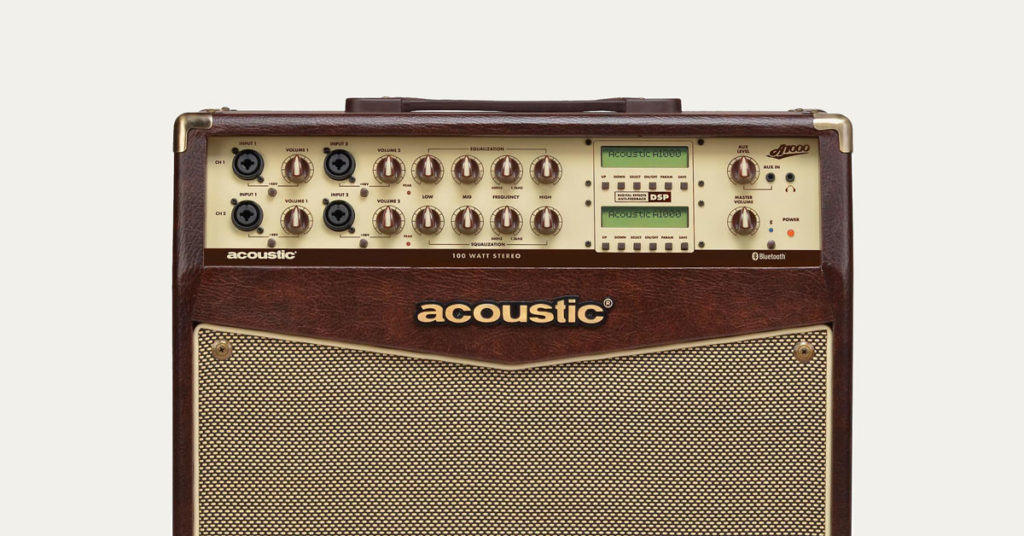





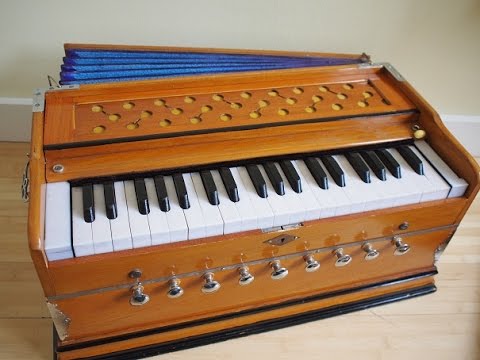




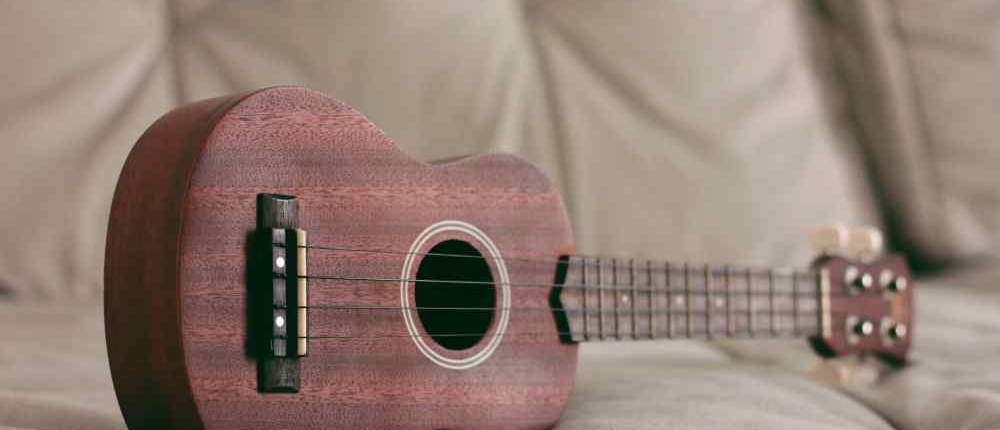

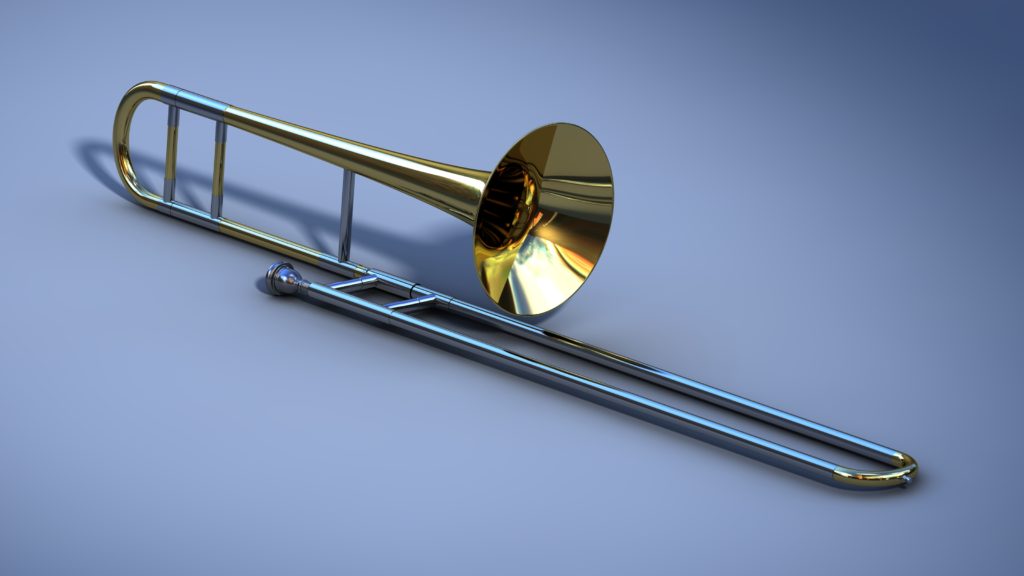




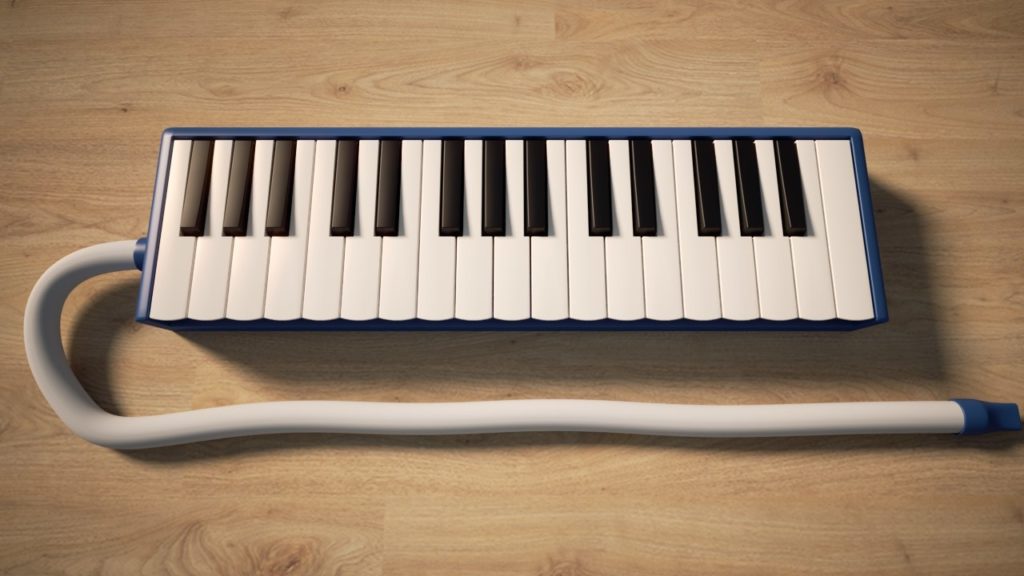







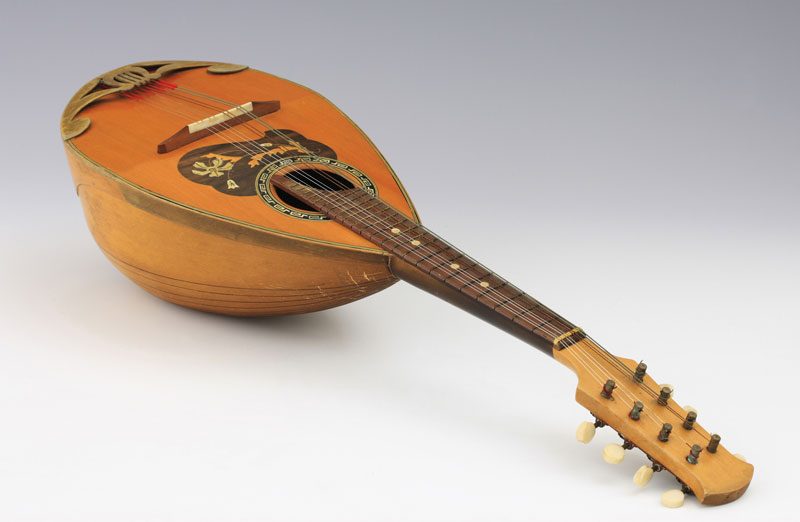

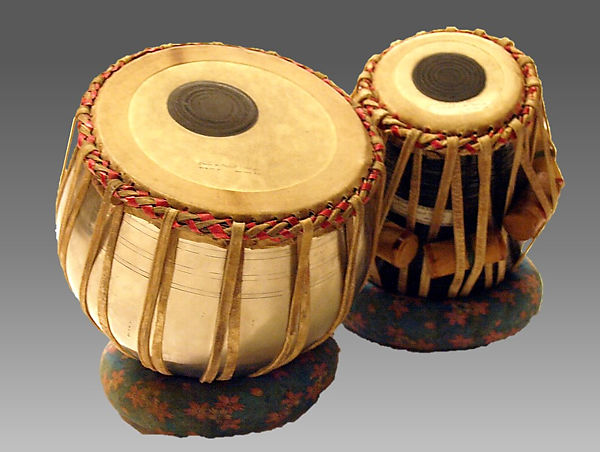

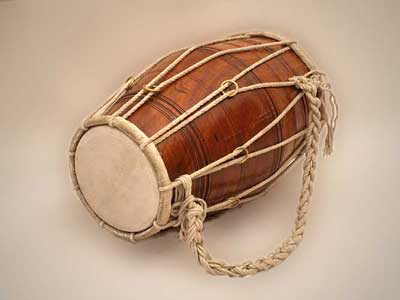

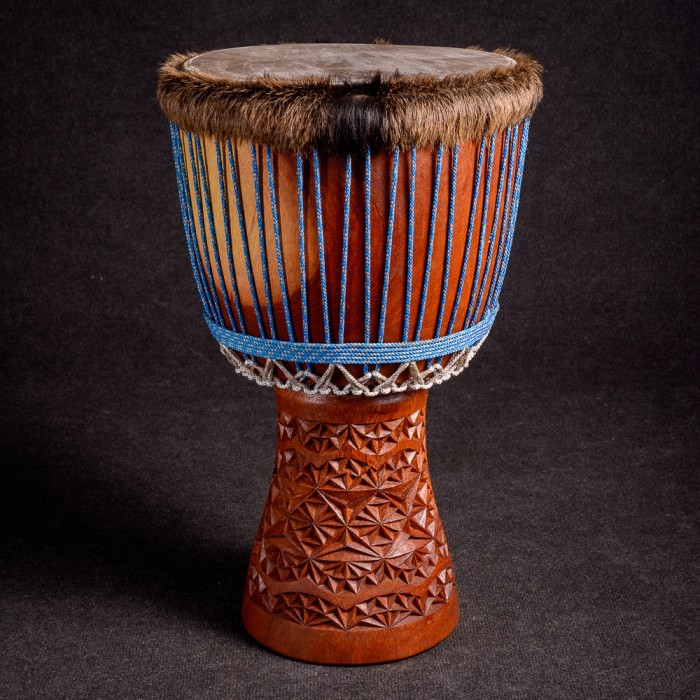

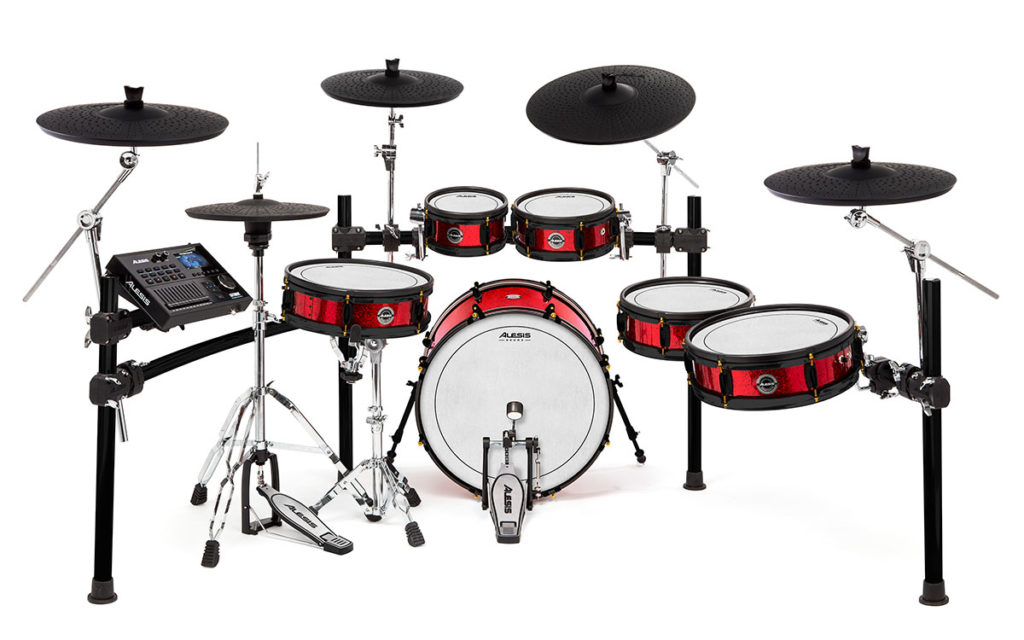

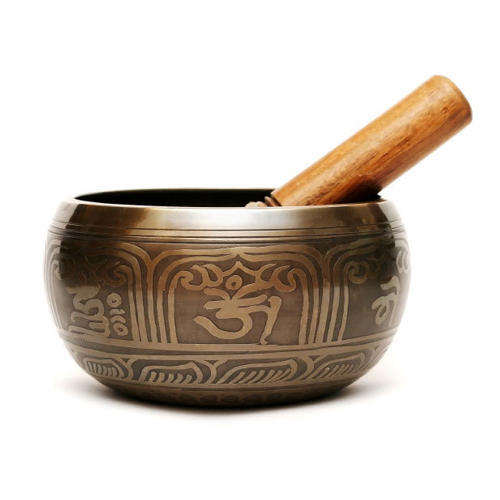

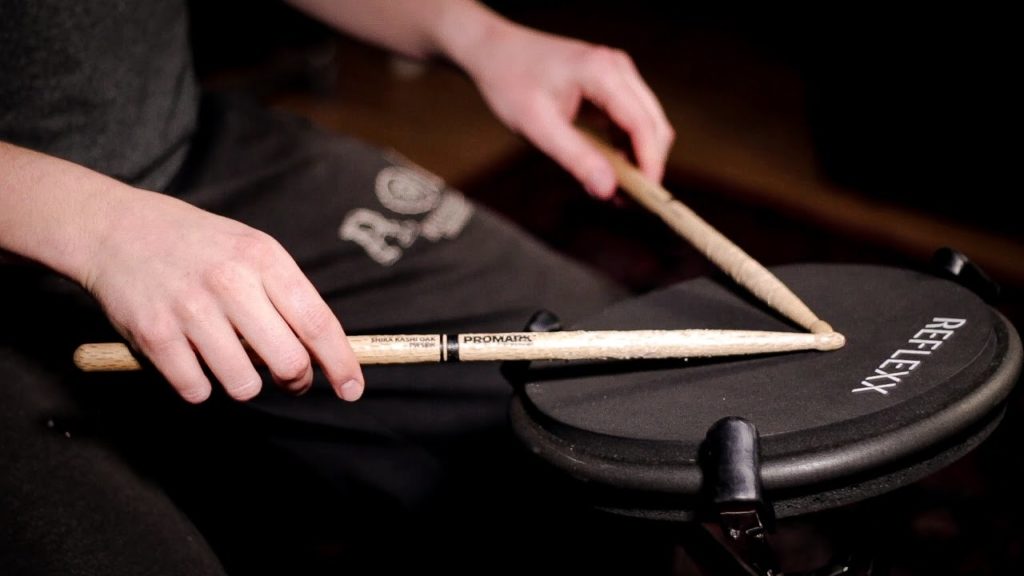


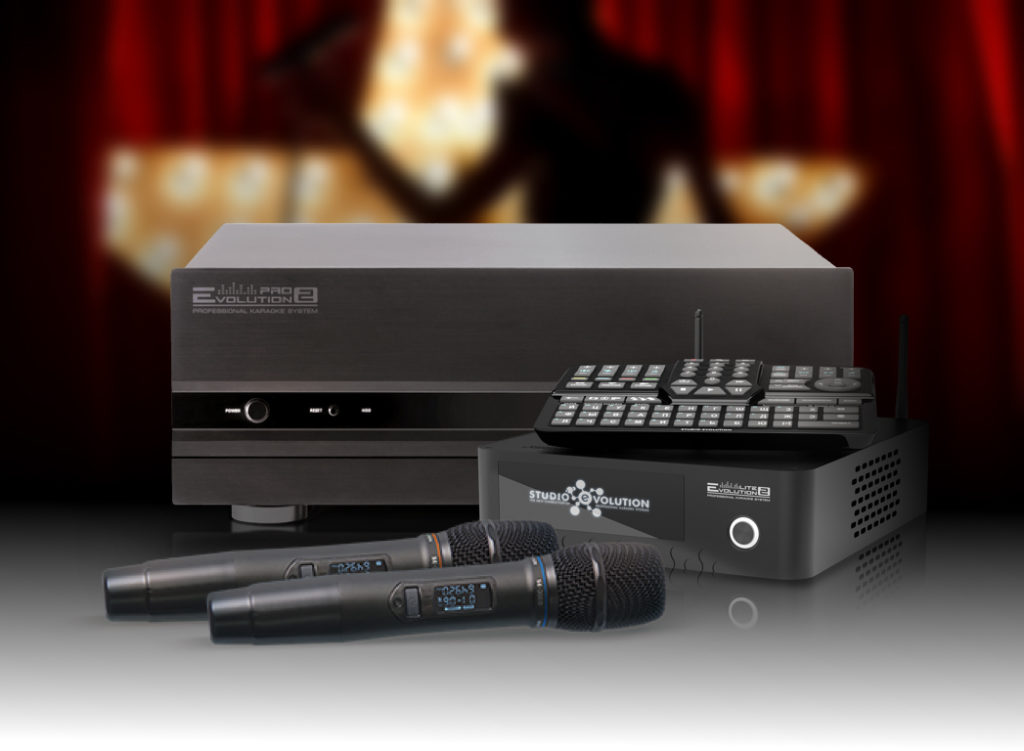





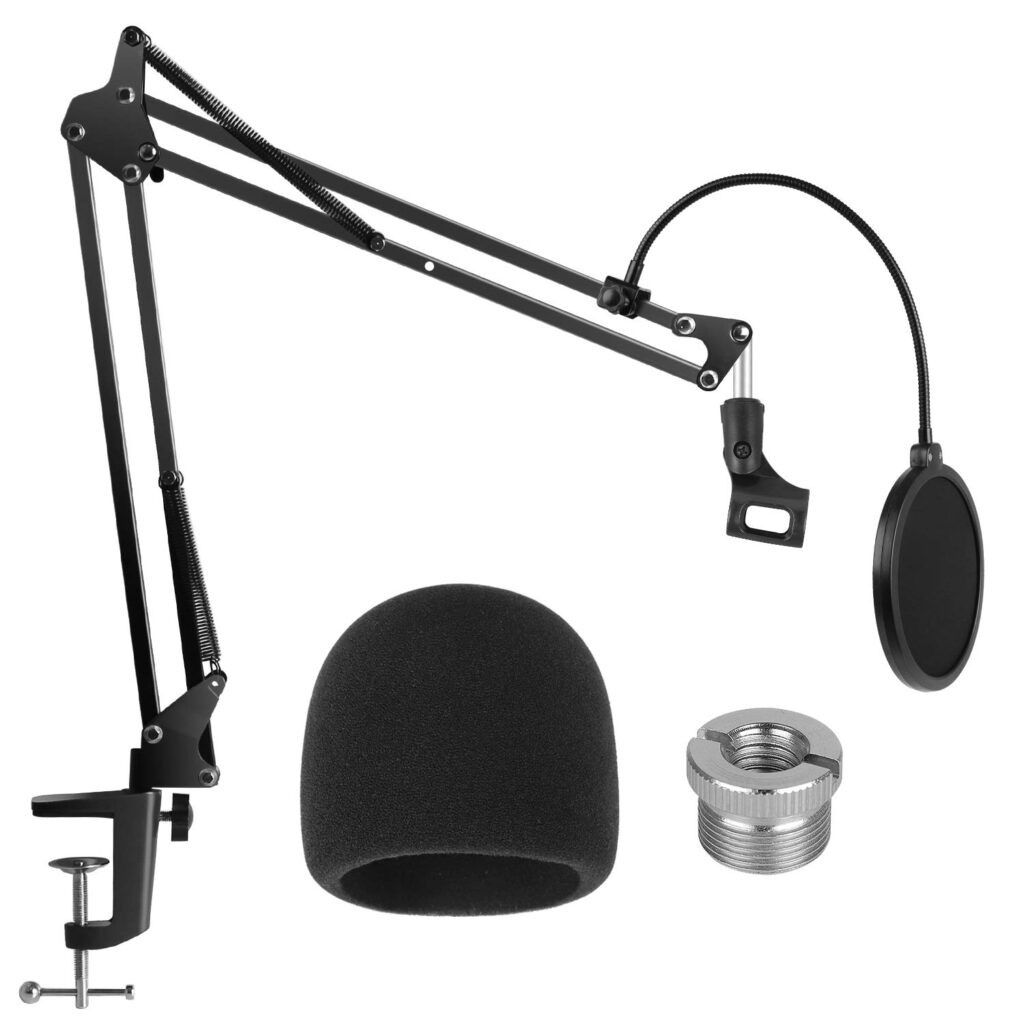








Winifred
August 13, 2020 at 1:52 pmNice post. I learn something totally new and challenging
on sites I stumbleupon on a daily basis.
It will always be useful to read articles from other writers and use something from other websites.
Here is my site LinoBGaton